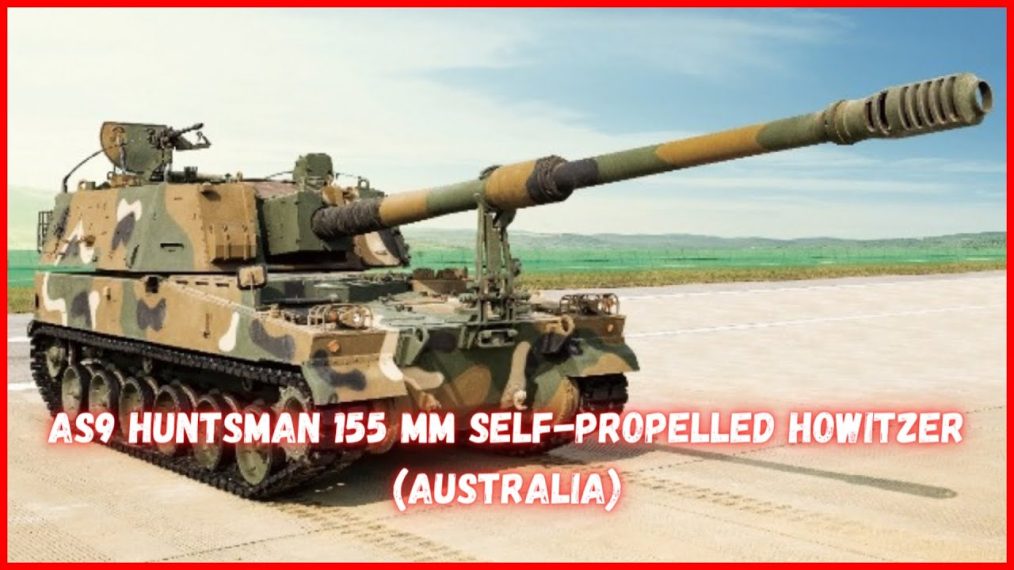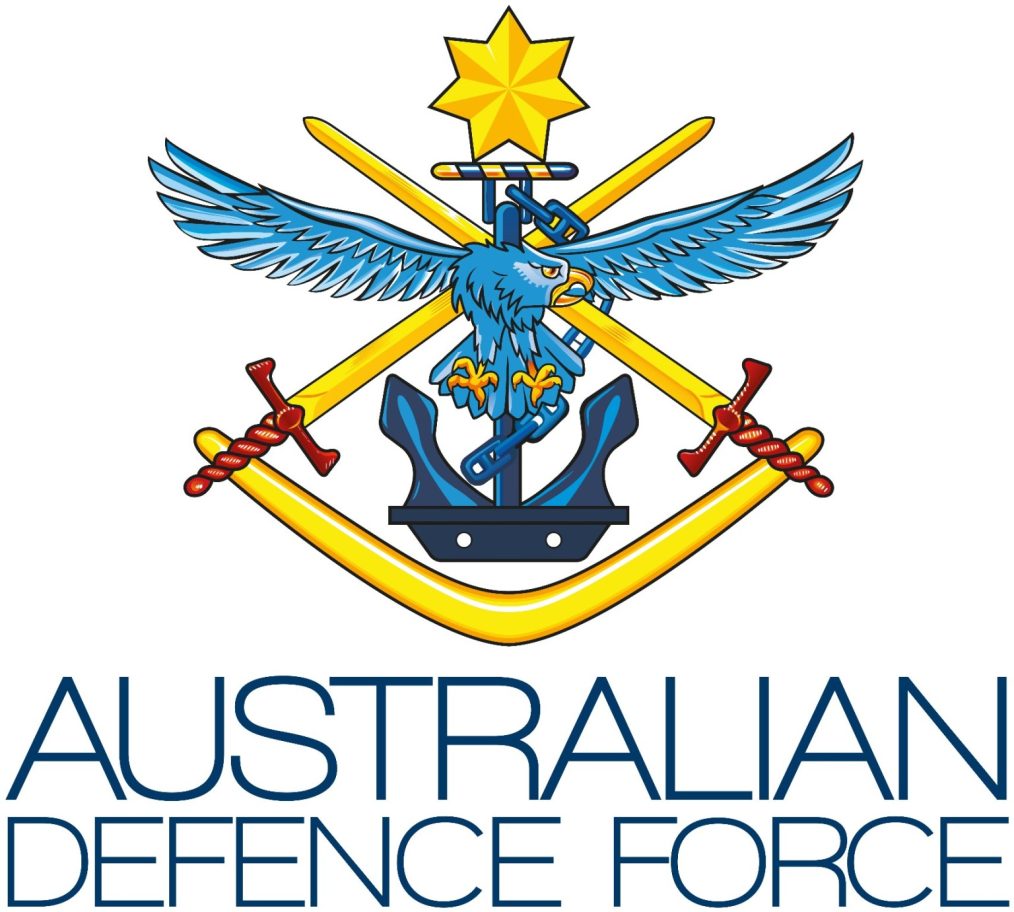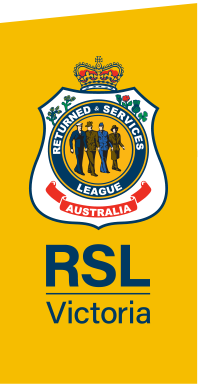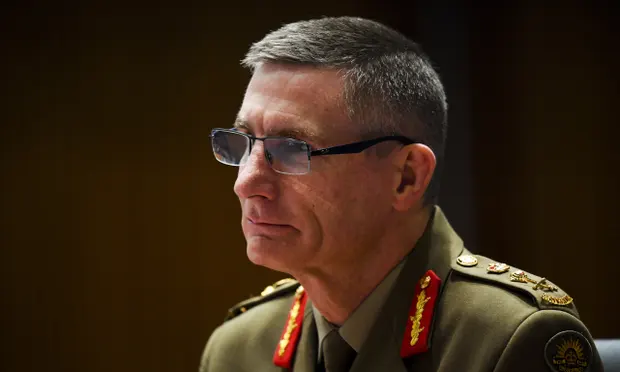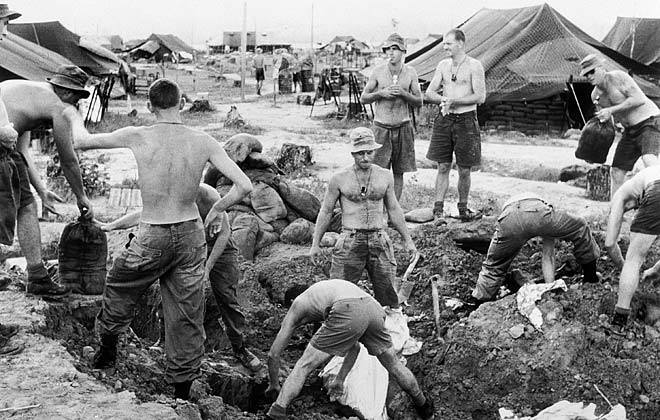Australia Military receives the first AS9 Huntsman self-propelled howitzer Citing from the global defense news website, The delivery marks the start of a $788 million contract signed in December 2021 between the Capability Acquisition and Sustainment Group (CASG) and Hanwha Defense Australia.
By Ray Payne OAM
Australia Day, celebrated annually on the 26th of January, has often been misunderstood or misrepresented in both educational contexts and public discourse. This article aims to clarify its historical significance and address common misconceptions.
The Historical Timeline
Captain Cook’s Landing
Captain James Cook did not arrive in Australia on January 26. His historic landing occurred on April 28, 1770, at Botany Bay. This event, while significant, is unrelated to the date we commemorate as Australia Day.
The First Fleet
The First Fleet, under the command of Captain Arthur Phillip, arrived in Botany Bay on January 18, 1788. However, finding the area unsuitable for settlement, they moved to Port Jackson (modern-day Sydney Cove), where they officially raised the British flag on January 26, 1788. This marked the establishment of the first European colony in Australia.
Formation of Australian Citizenship
The 26th of January took on a broader significance in modern history. On this date in 1949, the Nationality and Citizenship Act 1948 came into effect, creating Australian citizenship. Before this, Australians were considered British subjects. The Act marked a key moment of national identity, granting all Australians, including Aboriginal and Torres Strait Islander peoples, citizenship rights.
Addressing Misconceptions
Not a Celebration of Invasion: Contrary to some narratives, Australia Day does not commemorate an “invasion.” It originally marked the establishment of a penal colony under British governance and later evolved to symbolise Australian unity and identity.
The Role of Education: The lack of clarity surrounding Australia Day stems partly from insufficient emphasis on its true historical context in the education system. Educators must teach the complexities of this date, acknowledging both its significance and the broader history of British colonisation.
The Significance of January 26
A Unifying Date: Australia Day represents the beginning of modern Australia as a unified nation. It’s a day for celebrating achievements, reflecting on history, and acknowledging the diversity of contemporary Australia.
Recognition of Aboriginal History: While the day has different meanings for different communities, including the painful history of colonisation for Indigenous Australians, it’s an opportunity to reflect on both the positive and negative aspects of our shared history.
Citizenship Ceremonies: The day’s association with the Nationality and Citizenship Act of 1948 underscores its importance. January 26 is when new Australians receive citizenship, symbolising inclusion and unity.
Moving Forward
Honouring All Histories: Australia’s history is multifaceted, encompassing the achievements of modern Australians and the deep, enduring cultures of Aboriginal and Torres Strait Islander peoples. Education should aim to balance these narratives, teaching the truth about colonisation and celebrating the progress toward unity and equality.
Promoting Understanding: The government and media must play a proactive role in clarifying the significance of January 26. Open dialogue and educational initiatives can help bridge divides and foster a more inclusive celebration.
A Day Worth Celebrating
Australia Day is a time to reflect on the journey of this nation—its triumphs, struggles, and ongoing efforts toward reconciliation. By understanding the true significance of January 26, all Australians can appreciate the freedoms, rights, and responsibilities we share as a nation.
Conclusion
Education is key to understanding why Australia Day is celebrated. It is a day to honour the unity and freedoms achieved through the Nationality and Citizenship Act of 1948, acknowledge the resilience and contributions of Indigenous Australians, and embrace the diversity that defines the nation today. Let us teach future generations the truth about this important day so that it may be a source of pride, reflection, and unity for all Australians.
The Australian Defence Force (ADF) exists primarily to deploy and operate as a tri-service fighting force. Sustaining this capability requires more than short-term recruitment; it demands a long-term view of service that extends beyond active duty into post-discharge roles. This perspective shift from recruitment to retention can redefine how ADF capability is maintained.
Countries such as Denmark and Finland have long embraced long-term service commitments, while Sweden highlights military service as a mark of excellence for future civilian employment. These nations demonstrate how military experience can foster employable skills and benefit society, often against the backdrop of external geopolitical pressures. While Australia’s strategic environment differs, there is much to learn from these models in linking military service with valuable civilian skillsets.
Strengthened ADF-industry partnerships in critical technologies could showcase the high calibre of ADF training and facilitate skills transfer. Offering microcredentials and targeted education programs would not only aid active members but also smooth their transition to civilian careers. Such initiatives can enhance the attractiveness of military service while bolstering national capabilities.
Modern Australians face significant cost-of-living pressures, creating opportunities for the ADF to innovate in its benefits schemes. Subsidising government education loans, offering retailer discounts, and addressing housing affordability through tailored financial supports are examples of how service members could be incentivised. Crucially, these benefits should scale incrementally over time to encourage longer service commitments.
A critical element of long-term retention is normalising transitions out of the ADF. Supported pathways into defence industries, public service, emergency services, or the reserves could be integrated into recruitment messaging. Highlighting military service as the foundation of a flexible career path would align with contemporary workforce trends, where career changes are increasingly common.
Recruitment and retention efforts should also explore decentralisation. Local units could be empowered to manage recruitment, leveraging social media and local influencers to attract candidates. This approach mirrors successful initiatives by British reserves and Canadian armed forces. Additionally, incorporating ADF training as part of tertiary education electives could help capture interest at the university level.
Reserve service requires further attention, particularly regarding compensation. Current pay scales may deter potential recruits, especially when civilian jobs offer more competitive rates. Revisiting tax arrangements, superannuation contributions, and pro-rata remuneration could make reserve service more appealing, particularly for transitioning full-time members and civilian applicants.
Ultimately, the ADF must foster a culture that supports its members during and beyond their service. By presenting military service as a flexible, life-enriching career pathway, the ADF can not only meet its recruitment and retention goals but also reshape public perceptions. Military service should be seen not as an isolated experience but as a launchpad for lifelong professional and personal growth.
The NSW government is still grappling with the fallout from a spate of antisemitic attacks across Sydney. NSW Premier Chris Minns announced yesterday that Labor has made the “difficult decision” to table tougher and potentially contentious legislation aimed at strengthening hate speech laws and banning protests outside places of worship. The proposed measures will be debated when parliament resumes next month.
The Surge in Antisemitic Attacks
Recent weeks have seen a disturbing rise in antisemitic incidents in NSW. Synagogues have been defiled with hateful graffiti, vehicles in Jewish neighbourhoods torched, and a high-profile leader of the Jewish community personally targeted. The NSW Police have faced significant challenges in making arrests, fuelling anxiety among Jewish residents who feel increasingly vulnerable. The community has called for decisive action to combat hate speech and prevent the escalation of these attacks.
Strengthening Hate Speech Legislation
Labor’s proposed legislation includes categorising the display of placards and flags supporting terrorist groups as hate speech, ensuring such acts face clear legal consequences. In addition, the measures aim to:
- Expand the definition of hate speech to encompass explicit or implicit support for international terrorists or terrorist organisations.
- Bolster police powers to intervene in protests targeting places of worship.
- Introduce sentencing enhancements for crimes motivated by hatred or prejudice against specific groups.
The government is also considering amendments to the Crimes Act to ensure that courts can factor in hate or prejudice as aggravated elements during sentencing. These measures reflect a broader commitment to addressing the roots of hate crimes while deterring future incidents.
Community Perspectives and Broader Implications
While the Jewish community’s call for tougher laws has resonated, other groups have also weighed in. In a submission to the Law Reform Commission last year, the Australian Federation of Islamic Councils advocated for civil remedies emphasising redress and reconciliation. This underscores the importance of a balanced approach that combines punitive measures with opportunities for education and rehabilitation.
However, the challenge remains in finding the right balance between protecting free speech and curbing hate speech. Critics have raised concerns about the potential for these laws to be misused or applied too broadly, but Premier Minns has emphasized that the government’s priority is the safety and cohesion of all communities in NSW.
A Broader Context for Action
The rising tide of global extremism and its influence on local dynamics necessitates urgent action. Placards, symbols, and flags that glorify terrorist organisations or propagate hatred must not be allowed to foster division and violence. Strengthening hate speech laws is not merely a response to recent incidents but a proactive measure to uphold democratic values and protect vulnerable communities.
Moving Forward
As the NSW parliament prepares to debate these measures, it is crucial to engage with stakeholders from all sectors of society. Effective legislation must address the immediate concerns of targeted communities while fostering a culture of respect and inclusivity. With strong leadership and a commitment to justice, NSW can set a precedent for tackling hate speech and ensuring the safety and dignity of all its residents.
A recent study has revealed that only 1.5% of the money lost by gamblers on poker machines at Victorian RSLs has been directed towards veteran welfare over the past decade. The research, published in the Australian and New Zealand Journal of Public Health, analysed financial records from 2009 to 2019 submitted to the Victorian Gambling and Casino Control Commission.
Over the ten-year period, Victorian RSL clubs with poker machine licenses generated $2.097 billion in gambling revenue. However, for every $100 lost on poker machines, just $1.50 was allocated to support veterans. Among nearly 300 RSLs in Victoria, slightly more than 50 hold licenses for poker machines, illustrating a gap between gambling revenue and its intended use for veteran support.
Under existing regulations, RSLs must allocate 8.3% of their gambling revenue annually to “community contributions” to qualify for tax concessions. The study found that clubs frequently classify operating expenses like wages and maintenance as community contributions. Consequently, less than 10% of these contributions were directly spent on veteran welfare.
The study highlighted significant inefficiencies in the system, noting that Victorian RSLs with poker machines spent, on average, 12 times more on operational costs than on contributions to veterans. The findings raised ethical concerns about the reliance on gambling revenue to fund veteran welfare, especially given the high rates of problem gambling among veterans.
RSL Victoria representatives argued that veteran welfare support extends beyond gaming revenue and encompasses various activities conducted at sub-branches. They acknowledged funding gaps and emphasised the role of food, beverage, and entertainment operations in bridging these gaps. However, the reliance on gambling revenue continues to draw criticism.
The study underscores broader concerns about the relationship between gambling and organisations supporting vulnerable populations. These findings challenge the appropriateness of using gambling as a revenue source and call for a reevaluation of how veteran support is funded.
Ambassador to Belgium
- Media release –
- Minister for Foreign Affairs – Senator Penny Wong
17 January 2025
Today I announce the appointment of General (Rtd) Angus Campbell AO as Australia’s next Ambassador to Belgium.
General Campbell has also been nominated as the Ambassador to the European Union (EU), the North Atlantic Treaty Organisation (NATO) and Luxembourg.
Australia has warm relationships with Belgium, the EU, NATO and Luxembourg, founded on a shared commitment to the global rules-based order.
Australia’s close ties with Belgium build on the legacy of those Australians who fought and died in Flanders fields during the First World War. We also enjoy productive, contemporary economic and political links.
Australia and the EU cooperate closely on a broad range of international issues including trade, climate, human rights, energy and global rules and norms. We work together in the Indo-Pacific to promote a peaceful, stable and prosperous region where international law is upheld.
Australia remains committed to concluding a free trade agreement with the EU that is in our national interest.
Australia and NATO have a longstanding relationship based on a shared commitment to stability, peace and prosperity. This is demonstrated through regular political and defence engagement.
General Campbell is a retired senior officer in the Australian Army, who served as the Chief of the Defence Force from 2018 until 2024. He was previously posted as Commander Operation Sovereign Borders from September 2013 until he was appointed Chief of Army in May 2015.
I thank former Ambassador Ms Caroline Millar for her contributions to advancing Australia’s interests with the European Union, NATO, Belgium and Luxembourg since 2021.
The Australian Bureau of Statistics (ABS) has laid bare the impact of the Labor Party’s economic mismanagement. While the government continues to pour billions into projects like the National Broadband Network (NBN)—with an additional $3 billion on the table to marginally improve internet speeds for some households—the costs fall squarely on taxpayers. At an estimated $5,000 per household, this is yet another burden on Australians already grappling with skyrocketing living costs.
Here are the latest figures illustrating the ongoing strain on Australian households:
- Gas prices: up 36%
- Electricity prices: up 32%
- Financial and insurance costs: up 18%
- Rents: up 17%
- Food prices: up 12%
- Education costs: up 11%
- Health expenses: up 10%
These alarming statistics reflect more than just numbers—they represent real hardship for families and individuals trying to make ends meet. While these are the current increases, we all know the cost of living is out of control and shows no sign of stabilising.
It’s time for accountability and for prioritising policies that deliver tangible benefits to all Australians, not just costly headline projects. The focus must shift to measures that address inflation, reduce energy prices, and provide relief to struggling households. Otherwise, this cycle of unchecked spending and soaring costs will continue to erode the financial security of everyday Australians.
From the Army, Navy, and Air Force to cutting-edge technology, AUKUS, and Quad alliances, Australia plays a pivotal role in shaping Indo-Pacific security. With its advanced defence strategies and partnerships, the nation strengthens regional stability and counters emerging threats. Stay ahead with expert insights into modern warfare, exploring how innovation and collaboration define the future of defence.
Get ready to dive deep into the might, ingenuity, and geopolitical significance of Australia’s armed forces in this comprehensive exploration of their impact on global security.

